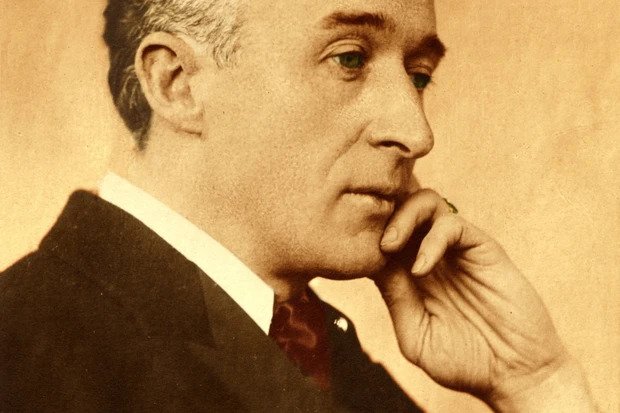
The title of course comes from William Wordsworth; he who wandered lonely as a cloud, composed upon Westminster Bridge, wrote poetry about nature and was born in the same year as Beethoven. One such poem is about the cuckoo. So I am sorry if you were expecting a scholarly article about the troubadours and minstrels of France in the 12th century. This one is about cuckoos. Or to be more precise, it’s about music about cuckoos.
The feathered theme came to mind the other day on hearing someone play The Cuckoo Waltz. This old-fashioned piece was a favourite of my mother, who could perform it on the piano with considerable panache, especially after a couple of glasses of sherry. The song was popular for years and even today is still a favourite among Swedish lady accordionists. The puzzling fact is that hardly anyone knows where it came from.
All we know is that the music was composed by one Johan Emanuel Jonasson (1886-1956), a trumpet player in the Swedish military. In the days of the silent movies, he played in a make-shift cinema in Stockholm called the Gyllene Goken or The Golden Cuckoo. The “cinema” was evidently in a saloon which also had a cuckoo clock. Jonasson noticed that it chirped its two notes in C major and to cut a slightly predictable story short, he wrote The Cuckoo Waltz in the same key. But it seems that’s all he did write, which is perhaps why we know so little about him.
Incidentally, one of Thailand’s most common birds is related to the cuckoo and known as the Greater Coucal (Centropus sinensis, since you asked). Thai people call them nók graboot and there’s even an old romantic folksong about them. A few of these big ungainly birds live in shrubs behind our house and spend the day stumbling about in the undergrowth. They are not particularly good flyers, which must be disappointing for a bird. In fact, they can barely fly at all and instead lurch heavily from one shrub to another. Their song, if such it can be called, consists of forlorn hoots.
The sound of the European cuckoo is easy to imitate. The first cuckoo piece to be written, as far as I know was by the French composer Louis-Claude Daquin who was a child prodigy. He’s now remembered only for a toccata-like piece which contains cuckoo-like sounds. He called it, with breath-taking originality, Le coucou. There are cuckoo sounds in one of Bach’s keyboard sonatas and in the tiresome Toy Symphony possibly by Leopold Mozart (once thought to be composed by Haydn). One of the most famous cuckoos flies into the slow movement of Beethoven’s Pastoral Symphony and of course another one appears in The Carnival of the Animals, by Camille Saint-Saëns.
If the Australian composer Percy Grainger hadn’t introduced Delius to a Norwegian folk song called In Ola Valley, this cuckoo-inspired tone poem may never have been written. Composed in 1912 and based on the same folksong, it’s the first of Two Pieces for Small Orchestra, the second being the equally evocative Summer Night on the River. The composer’s parents were of Dutch origin, which explains his rather un-English name. He was born and brought up in Bradford and evidently spoke with a noticeable Yorkshire accent.
You would perhaps expect the piece to be bright, sunny and optimistic but instead it’s reflective and laden with nostalgia. Even the cuckoo imitation, played somewhat sadly on the clarinet sounds steeped in melancholia. But don’t let this put you off; it’s a superb work and a wonderful introduction to the musical landscape that Delius created.
This polka was composed in 1869 and features a very different cuckoo. The title refers to the Krapfenwald district of the Vienna Woods which is a popular recreation area with the locals.
In this piece, the cuckoo sounds are created by a cumbersome wooden contraption, considerably larger and far less attractive than the bird it’s supposed to be imitating. These fine Viennese musicians probably know the piece so well that it hardly needs conducting, but just listen to the magic that the impeccable Carlos Kleiber brings to this rather inconsequential trifle.
I’ve just remembered that the British writer and illustrator Frederick Henry Townsend wrote a delicious parody on the opening of Wordsworth’s cuckoo poem, couching it in the style of an English literature exam question:
Cuckoo! Shall I call thee Bird,
Or but a wandering voice?
State the alternative preferred
With reasons for your choice.
 |
 |
 |





